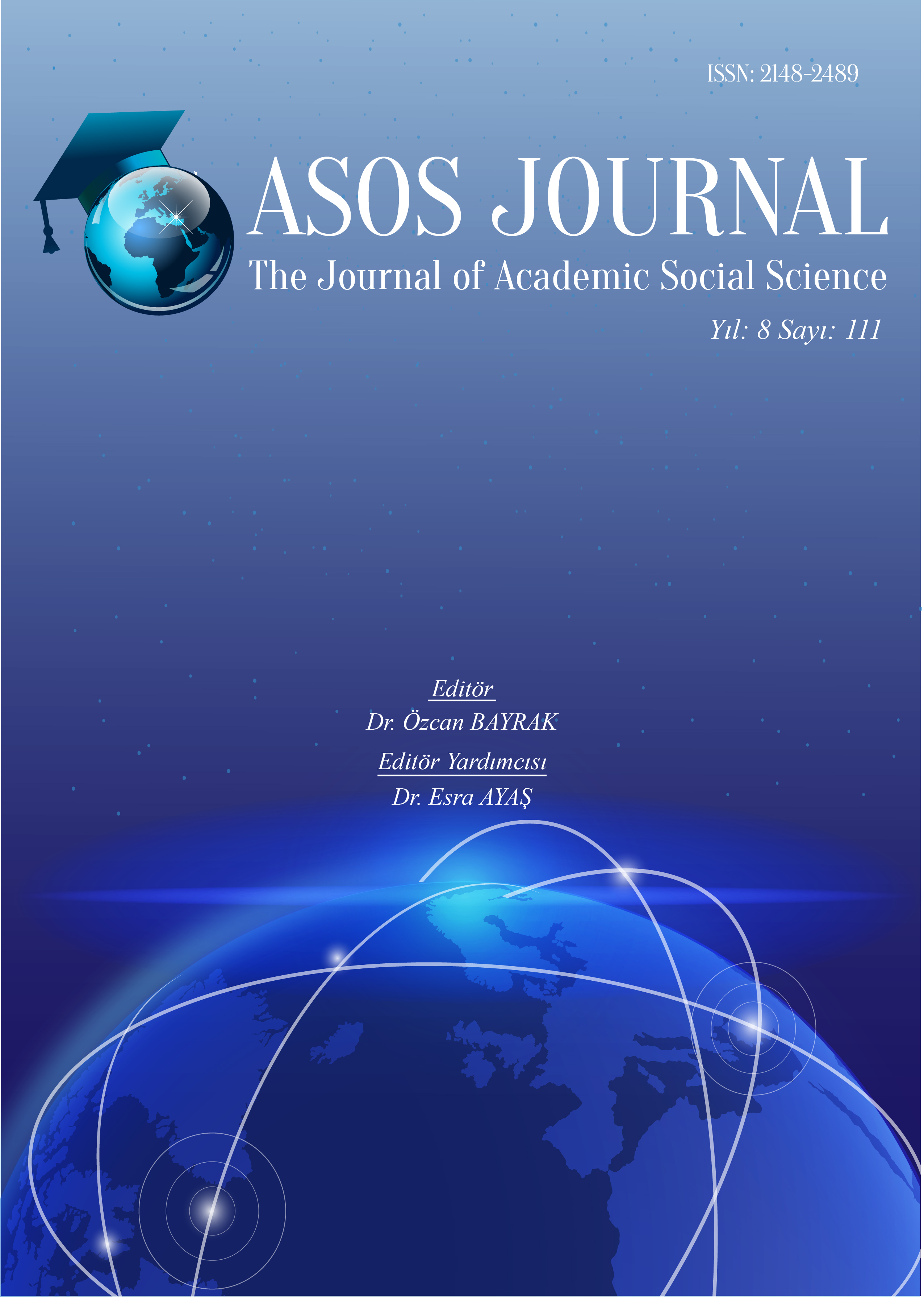SANATTA TROMPE L'OEİL TARTIŞMALARI: WİLLİAM M. DA-VİS’İN “BİR TABLO ARKASI” VE ANDY WARHOL’UN “BRİLLO KUTUSU” ÖRNEKLERİ
Author :
Abstract
‘Göz yanılması’ anlamına gelen Fransız terimi "trompe l'oeil" yüzyıllardır kullanılan bir tasvir geleneğidir. Günümüzde de yaygın bir şekilde kullanılan bu temsil biçimi bir nesnenin, kişinin veya sahnenin tasviri kendisi kadar (o şey kadar) gerçekçi, doğal görünmesini amaçlar ve izleyiciyi buna aldatır. Bu yöntemle yapılan başarılı uygulamalar karşısında -ilk bakışta- tasvir edilen şeyin gerçek mi, yoksa bir temsil mi olduğu konusunda izleyicide bir kafa karışıklığına neden olur. Trompe L’oeil, Rönesans'tan Clement Greenberg’in 1939’da avangart sanat kuramsallaştırmasına kadarki tüm tasvir yöntemleri arasında en ikna edici temsil biçimi olsa da, o günden bugüne sanatçılar, kuramcılar ve düşünürler tarafından sanatın en çok tartışılın meselelerinden biri haline geldi. Richard Leppert’ın “melezin melezi gibi bir şey” olarak tanımladığı trompe l’oeil hakkında, geçmişte hem algı psikolojisinde hem de felsefe ve estetikte birçok tartışma yapılmıştır. Bu makale, fenomenolojik bir çözümleme yoluyla, sanatın bir sorunsalını, trompe l'oeil’i analiz, temsil ve anlam bakımından tartışmayı önceler. Bu amaç doğrultusunda yapılan literatür taraması ve görsel incelemeler neticesinde elde edilen verilerle çok geniş olan bu konu iki örnek: William M. Davis’in A Canvas Back (Bir Tablo Arkası) ve Andy Warhol’un Brillo Box ile sınırlandırılmıştır.
Keywords
Abstract
The French term "trompe l'oeil" meaning "eye illusion" is a depiction tradition that has been used for centuries. This form of representation, which is widely used today, aims to make an object, person or scene appear as realistic and natural as the depiction itself (as much as that) and deceives the audience. Successful implementations of this method cause confusion in the viewer as to whether the depicted is real or a representation at first glance. Although Trompe L'oeil was the most convincing form of representation among all the methods of depiction from the Renaissance to Clement Greenberg's avant-garde art theorizing in 1939, it has since become one of the most discussed issues of art by artists, theorists and philosophers. Many discussions have been made in the past both in perception psychology, philosophy and aesthetics on trompe l'oeil, which Richard Leppert defines as "something like the hybrid of the hybrid". This article prioritizes the discussion of trompe l'oeil, a problematic of art, in terms of analysis, representation and meaning through a phenomenological analysis. For this purpose, in the light of the data obtained from the literature review, the research subject is limited to two examples: William M. Davis' A Canvas Back (Back of a Table) and Andy Warhol's Brillo Box.
